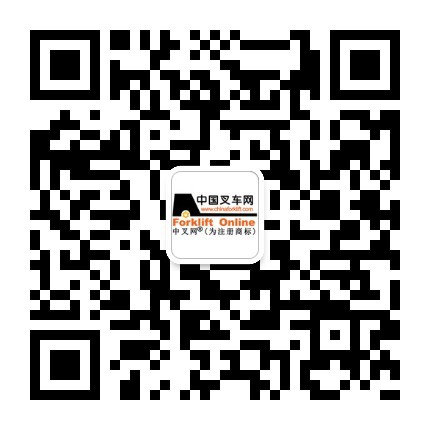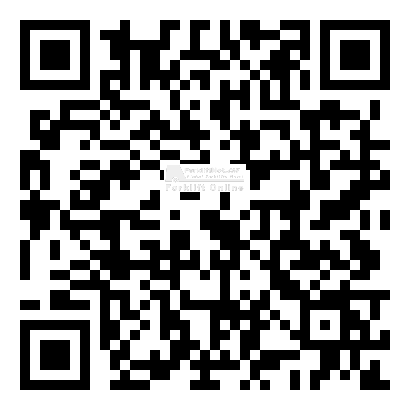Inventory accuracy was the catalyst for Macy’s RFID initiative. The groundwork was laid in 2009, when one of the company’s vice presidents tagged every item in a Bloomingdale’s store in the Soho section of Manhattan. Macy’s shared the data collected from that experiment with the RFID research center at the University of Arkansas. After an analysis, the university identified up to 60 potential use cases for RFID at the item level. The most promising was the unique ability to count much faster and accurately at the item level than was possible or practical with a bar code scanner.
Based on the Soho project, Macy’s launched a broader RFID pilot in a select group of Bloomingdale’s and Macy’s locations in 2010. The new pilot focused on improving the inventory accuracy of three categories that are frequently reordered: denim, men’s basics and women’s intimate apparel. Using RFID, Macy’s discovered it could easily perform multiple cycle counts throughout the year and that on average, inventory accuracy could be maintained at 97% or better. Frequent counts also led to the correct placement of items in the right range of sizes, colors and styles on the selling floor. The combination led to an increase in sales of those items being tagged.
In August 2011, Macy’s announced that it would adopt RFID technology in its Macy’s and Bloomingdale’s stores on an accelerated timeline. The goal was to begin using RFID in all stores nationwide to count “size-intensive replenishment goods—those items regularly stocked and automatically re-supplied as they are sold to customers” by the third quarter of 2012.
Eighteen months later, Connell says the system is in place, and stores are now tagging and reading all of the replenishment items it sells—everything from housewares to shoes to children’s wear. “We’ve spent the past two years writing the software and deploying the systems that stand behind RFID,” Connell says. “With an RFID reader, we can scan the Levi’s wall and realize what’s in the backroom that should be on the floor.” The scan also automatically updates the store’s inventory files. That information is used to generate a more accurate replenishment order.
RFID is also being used to maintain an accurate inventory of furniture and bedding in DCs. “We sell furniture and bedding from samples on the floor and ship from our DCs,” Connell says. “With RFID, we can take an inventory in the DC on a daily basis to ensure that we know where every piece of furniture is in the facility.”
While Connell declined to reveal sales numbers, he says Macy’s has recorded a growth in the top-line sales of the items being tagged. “We went into this with specific expectations for what RFID could do for us in terms of top-line sales and reordering,” he says. “What I can say is that the deployment has met our expectations and in some instances exceeded them.”
Beyond replenishment
One of the most challenging aspects of early RFID deployments was getting suppliers to agree to tag cartons and pallets at their facilities. Their gripe was simple: What’s in it for us?
Macy’s has pushed the tagging process downstream to its suppliers. The difference, Connell says, is that there is something measurable in it for the suppliers—more sales. “We’re enabling higher sales, greater efficiencies and lower costs. Those are wins, wins, wins,” Connell says. “If you focus on that, the case to invest in the technology is a simple one.”
Another challenge was the cost of the tag. The No. 1 question back then was: When will we see a 5-cent tag? Macy’s focus on top-line sales growth mitigates the cost of the tag. “The question we ask is: What’s the cost of inventory inaccuracy in labor costs, missed sales opportunities and margin erosion?” Connell says. “If you’re able to sell three additional $40 items because of more accurate inventory, it doesn’t matter whether the tag costs 5 cents, 8 cents or 10 cents.”
For now, Macy’s is content to use RFID in the stores rather than extend it to the cases and pallets coming into its DCs. “We don’t think of RFID as a technology in search of a problem,” Connell says. “EDI and UCC128 processes have been refined over the years and work quite well. We won’t roll out RFID in a new area unless there’s a problem to be solved.” Still, he can foresee extending the RFID solution across more SKUs in the future, especially as Macy’s incorporates more and more of its stores as fulfillment centers for online orders.
The most important lesson, Connell adds, is that Macy’s approached this project from the view of how to better serve customers. “Any decision we make is made through the prism of what does our customer want,” Connell says. “Answering that question is central to everything we do as a company, including initiatives like RFID.”






 粤公网安备 44010602003952号
粤公网安备 44010602003952号